Am new with amplifiers when trying to use them as a current controller so is just after some help in understanding the circuit.
I am designing a circuit that will use a LowPro Proportional Valve LowPro Proportional Valve Data Sheet and it comes with a recommended driving circuit. I will be running the circuit at 5V. 
So I understand that the voltage at the +ve terminal will try match the-ve terminal so with a 5v input vin=5*(422/(422+4910))=0.395 V. This means that the voltage at the 1-ohm resistor will be 0.395 V, which will give a \$I_E\$ current of \$\dfrac{0.395}{1}=0.395A\$. Does this mean \$I_c\$ is approximately equal to 0.395A?
So this means that there will be 0.395 A running from Valve Drive Input to ground, which will give a voltage drop across valve coil of 10.1*0.395=3.99 V.
So would that mean that \$V_{CE} = supply - V_{coil}-V \ @1 ohm = 8-3.99-0.395=3.615\$?
I hope that was correct?
This is where I get stuck. The VBE(on) of TIP 120 is 2.5 V, which would mean the op-amp voltage is Vb=3.99+0.395+2.5 = 6.89 V (correct?) If that value is correct does that mean there is a 1.11 V lost in the op-amp? due to it not being ideal? so Ib=6.89/1000=6.8 mA TIP120 Datasheet
Also, the circuit supply voltage in the datasheet recommends 8 VDC, is this value for the op-amp supply and drive voltage or should it be 5 VDC?
Also couldn't you just use a MOSFET as a driving circuit instead? Any advice on the workings of this circuit would be greatly appreciated.
Thanks